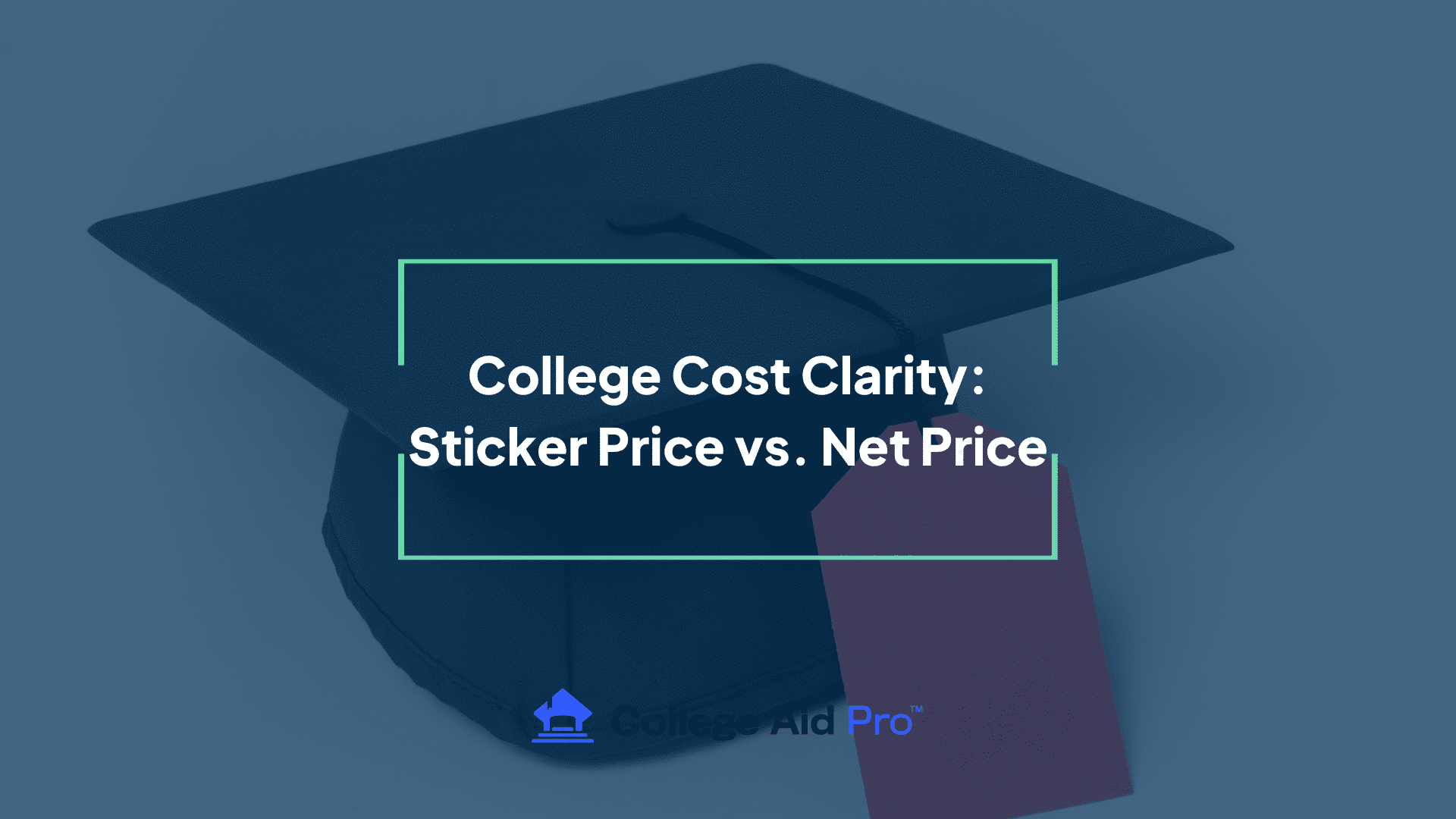Congratulations on having saved for college. The addition of 529 savings to your plan gives your student more options for finding an affordable college education. You also benefit from tax free growth on the investments you’ve chosen and you may be getting a state tax benefit as well!
There is a lot to love about saving in a 529 for a college bound student. Now that it’s time to start using the money, make sure you do it the right way so you don’t lose some of those benefits. I’m a glass half full kind of person, so I’ll tell you what you need to know first and we’ll get to the consequences of doing it wrong at the end.
For a complete run down, see the full details in IRS Publication 970.
Use Your 529 For These Expenses
- Tuition, Fees, Books, Supplies, Equipment – All of these must be a requirement of the institution to be considered qualified expenses.
- Special needs services allowing student to attend an eligible postsecondary institution
- Room and board for student taking at least half time course load. This must not exceed the actual amount charged by the school for campus housing or the amount the school includes for room and board in the cost of attendance.
- Computer equipment, internet and software directly related to the educational needs of the student attending an eligible postsecondary institution
- Fees, books, supplies and equipment required by eligible apprenticeship programs
- Up to $10,000 in qualified student loan payments of the designated beneficiary or their sibling
- Up to $10,000 for tuition at an eligible elementary or secondary school
Do Not Use Your 529 For These Expenses
- Room and board expenses for living off campus that exceed the amount included in the cost of attendance or for students taking less than a half-time credit load
- Expenses for clubs, activities, sports programs, or fraternities’/sororities’ dues
- Travel expenses
- Application fees
- Test prep and fees (SAT/ACT)
Here’s When To Withdraw The Money
All qualified 529 withdrawals should be made in the same tax year that the qualifying expense is paid. For example, if you pay for spring semester’s tuition in December of 2023 with 529 funds, the funds should be withdrawn in 2023. If you don’t pay until January of 2024, the funds should be withdrawn in 2024.
If you sign up to prepay for future semesters at a discounted rate, you can still pay for those semesters with your 529 as long as the school reports the prepayments on the tax form 1098-T, so check with the school to be sure this is part of its process.
You can also withdraw the money after college to pay off student loans or contribute to a Roth IRA – more on that below.
How To Use 529 Money To Pay For College
When you get ready to pay the college bill, you will most likely have the option to have money sent directly from your 529 to the school. The process may vary depending on the school and the 529 plan you are a part of.
If you are taking out money to reimburse yourself for other qualified or non-qualified expenses, you can simply take a distribution from the account. Keep track of all of your receipts and tuition records just in case you get audited and need to show the IRS the amount of your withdrawals that went to pay for qualified expenses.
What To Do With The Leftovers
So, you’ve graduated and still have money left in your 529. Excellent! Now, you can decide how to best use the money. Hopefully, you can do so in a way that avoids taxes and penalties on the earnings.
Here are some options:
- Change the beneficiary to a sibling or close family member so they can use it to pay for their education. Here is the full list of qualified beneficiaries from IRS Publication 970
-
- Son, daughter, stepchild, foster child, adopted child, or a descendant of any of them.
-
- Brother, sister, stepbrother, or stepsister.
-
- Father or mother or ancestor of either.
-
- Stepfather or stepmother.
-
- Son or daughter of a brother or sister.
-
- Brother or sister of father or mother.
-
- Son-in-law, daughter-in-law, father-in-law, mother-in-law, brother-in-law, or sister-in-law.
-
- The spouse of any individual listed above.
-
- First cousin.
- Use the money to pay for graduate school
- Use it to make up to $10,000 each in student loan payments to the beneficiary and their siblings
- Coming soon – Thanks to the SECURE Act 2.0, starting in 2024, 529 account holders who have held their account for 15 years or more are able to transfer up to $35,000 to a Roth IRA held by the account’s beneficiary as long as the beneficiary has earned income equal or greater than the transfer amount. The annual Roth IRA contribution limit still applies so that the amount must be split up over multiple years if it exceeds the limit for the current year. The Roth IRA contribution limit for 2023 is $6,500 for those up to age 50.
If you can’t take advantage of one of the above options to fully deplete your 529 without tax or penalty, you may qualify for one of the following exceptions that allows you to pay the tax but not the penalty on earnings.
- Death or disability of the designated beneficiary
- Withdrawal amounts that do not exceed the amount of a tax-free scholarship or other tax-free educational assistance
- Withdrawal of an amount up to the cost of attendance at a US Military Academy
- Withdrawal amounts that are only considered taxable because the corresponding expenses were used to establish qualification for the AOTC (American Opportunity Tax Credit) or LLC (Lifetime Learning Credit)
Don’t Get Tripped Up
Taking out a non-qualified distribution exposes you to potential taxes on the distribution. Specifically,
- The proportion of the distribution that is attributable to gains in the account is added to your taxable income. So if you withdraw $1,000 for non-qualified expenses and $200 of it represents gains in the account, you would pay income tax on $200 only.
- An additional 10% tax on that income is also assessed when you file your taxes, not 10% of your entire distribution. Continuing the above example, this means you would pay an additional 10% or $20 on the $200 taxable amount.
Depending on how well your 529 investments have performed, you may not have to worry too much about taxes. If your account has lost value overall, you may withdraw the entire amount tax and penalty free for any reason.
If you only have modest gains, then taking the money out for non-qualified expenses may not create a huge tax burden. Talk to your 529 servicer if you are unsure of how much of your non-qualified distribution would become taxable.
Still not sure how to proceed? Not to worry – the pros at myCAP can help whether you sign up for a one hour consultation or our Wake Me When It’s Over service.



